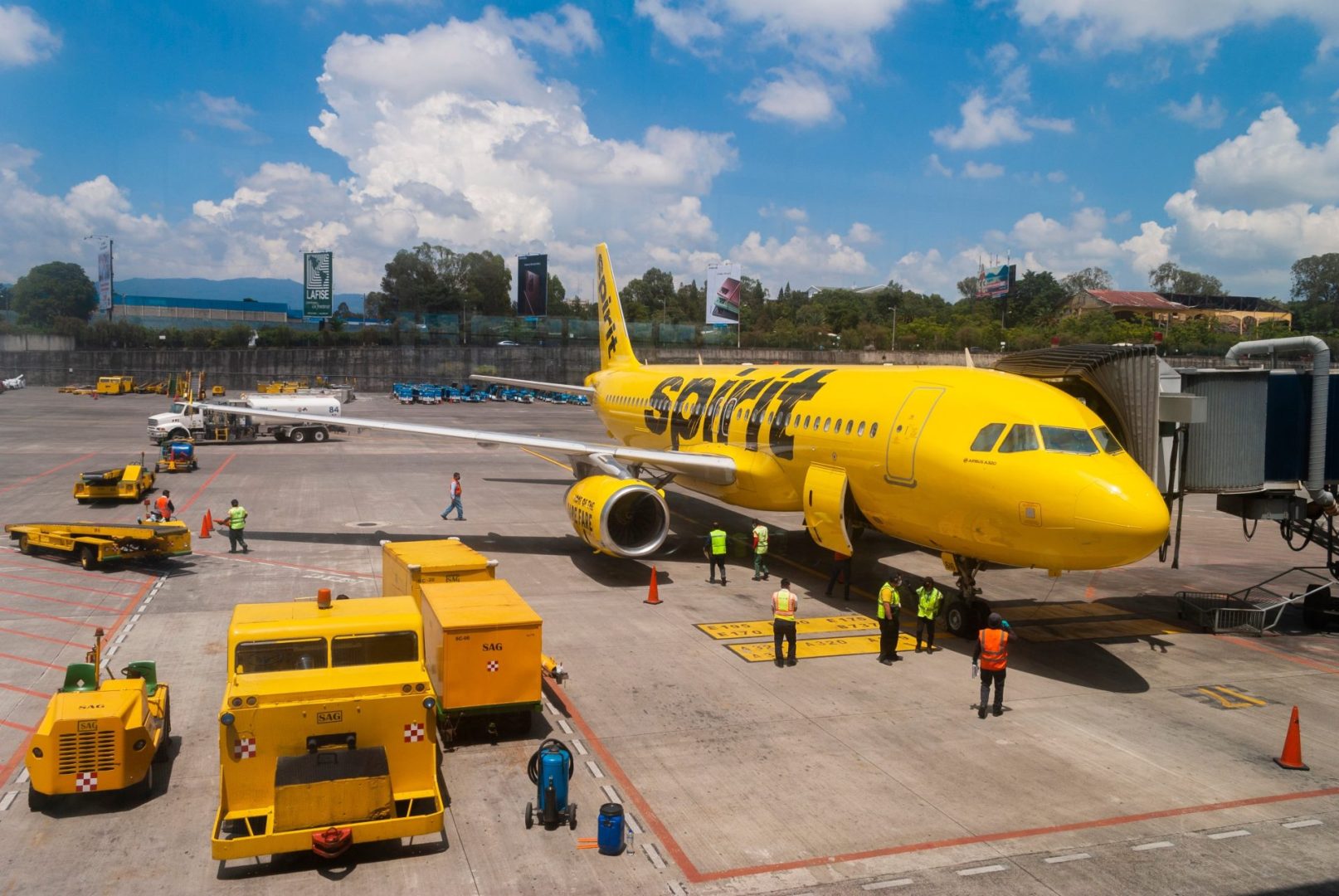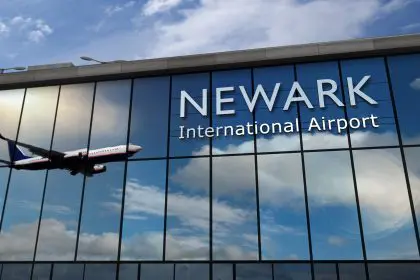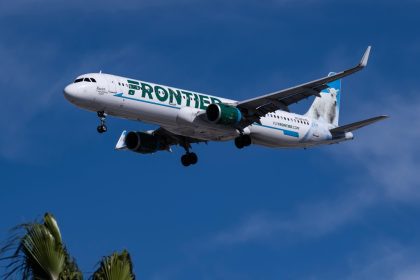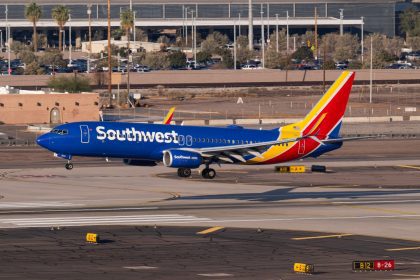Your summer travel plans just got a lot more complicated, and it has nothing to do with weather delays or mechanical issues. Two major airlines have quietly been slashing their Tampa schedules behind the scenes, canceling over 120 flights through July while travelers were left scrambling to figure out why their bookings suddenly disappeared.
JetBlue and Spirit Airlines have been systematically cutting routes from Tampa International Airport, with Spirit axing 84 planned flights and JetBlue eliminating 44 services. These aren’t minor adjustments or seasonal tweaks, these are significant reductions that reflect deeper problems brewing in the aviation industry that most passengers never see coming.
The timing couldn’t be worse for travelers who were counting on these flights during what should be the busiest travel season of the year. Instead of ramping up service for summer demand, these airlines are retreating from Tampa routes that were apparently doing well enough to warrant regular service just months ago.
What makes this situation particularly frustrating for passengers is that these cuts are happening at an airport where flights were already busy and often overbooked even before the reductions began. Now travelers face fewer options on routes that were already challenging to book, creating a perfect storm of limited availability and higher prices.
The routes that just vanished from your options
The specific destinations getting cut reveal just how dramatically these airlines are pulling back from Tampa service. Spirit has eliminated flights to some of the most popular destinations from Florida, including Atlanta, Las Vegas, and New Orleans. These aren’t obscure routes that few people use, these are major connections that thousands of travelers depend on.
JetBlue’s cuts hit even closer to home for many Florida residents, with the airline reducing service to Boston, New York’s JFK and LaGuardia airports, and Providence. These Northeast corridor routes represent some of the most heavily traveled paths from Florida, connecting Tampa to major business and leisure destinations that drive significant passenger volume.
The elimination of these routes means that travelers who had reliable flight options just a few months ago now face limited alternatives, higher prices, or the inconvenience of connecting through other cities to reach their destinations. What used to be simple direct flights have become complicated travel puzzles that require multiple stops and longer journey times.
For business travelers who rely on these routes for regular trips, the cuts represent major disruptions to established travel patterns and potentially increased costs as they’re forced to book with other carriers or accept less convenient schedules.
When economic fear becomes flight reality
The airlines aren’t trying to hide the reasons behind these cuts, they’re citing economic uncertainty and shifting travel trends as the driving forces behind their decisions to reduce Tampa service. That corporate speak translates to something much simpler: they’re scared about what’s coming next and they’re cutting routes preemptively rather than risking losses.
This kind of proactive schedule cutting reflects how nervous airlines have become about the economic outlook for the rest of 2025. Instead of waiting to see how demand develops, they’re making defensive moves now to protect their bottom lines from potential downturns that might or might not materialize.
The decision to cite shifting travel trends alongside economic uncertainty suggests that airlines are seeing changes in passenger behavior that concern them enough to abandon profitable routes. Whether that means fewer people are traveling, travelers are choosing different destinations, or booking patterns have changed in ways that make certain routes less viable remains unclear.
What’s particularly troubling about these explanations is how vague they are. Airlines that used to provide detailed justifications for schedule changes are now offering generic explanations that could apply to almost any business decision, suggesting they might not fully understand the factors driving their own choices.
The nationwide aviation meltdown nobody’s talking about
Tampa’s flight cuts aren’t happening in isolation, they’re part of a much broader pattern of airlines reducing domestic service across the United States. The scale of these reductions reveals an industry-wide crisis that goes far beyond individual airport challenges or specific route performance issues.
Fort Lauderdale-Hollywood International Airport has seen cuts to 400 summer flights, while Atlanta and Las Vegas have each lost 600 flights from their summer schedules. These numbers represent massive reductions in domestic flying capacity that will affect millions of travelers across the country.
The consistency of these cuts across different airports and airlines suggests that the problems aren’t related to local market conditions or specific operational challenges. Instead, they point to systemic issues affecting the entire domestic aviation industry in ways that could reshape how Americans travel for months or years to come.
When multiple airlines make similar decisions to reduce service at the same time across different markets, it usually indicates industry-wide factors like fuel costs, labor shortages, aircraft availability, or economic concerns that are affecting everyone simultaneously.
The perfect storm hitting airline balance sheets
Behind the flight cuts lies a complex web of economic pressures that are making airline executives increasingly pessimistic about their financial prospects for 2025. Major carriers are expected to cut their earnings outlooks when they report quarterly results, reflecting challenges that go far beyond normal business fluctuations.
Trade tariffs are creating uncertainty about international travel costs and demand patterns, while reduced demand from Canadian and European travelers is affecting routes that airlines had been counting on for revenue growth. These international factors are spilling over into domestic operations as airlines adjust their entire network strategies.
Government layoffs and stock market volatility are creating additional uncertainty about business travel demand, which has traditionally been more stable and profitable than leisure travel. When companies start cutting travel budgets or delaying business trips, airlines lose some of their most valuable customers.
The combination of these factors is creating a situation where airlines are choosing to reduce capacity proactively rather than risk operating flights that might not generate sufficient revenue to cover their costs. That conservative approach prioritizes short-term financial protection over long-term market share growth.
Why Tampa travelers are getting squeezed
The cruel irony of Tampa’s domestic flight cuts is that they’re happening at a time when the airport’s international service is absolutely booming. While JetBlue and Spirit are abandoning domestic routes, Tampa International Airport is experiencing unprecedented growth in foreign destinations and international passenger traffic.
The airport is expecting a 170% increase compared to 2019 in scheduled seats to Latin America and Caribbean destinations, while European demand has grown by 16% compared to 2024. London routes are particularly popular, with both British Airways and Virgin Atlantic providing strong service to Heathrow and Gatwick airports.
This international success makes the domestic cuts even more frustrating for travelers who are seeing their airline options expand dramatically for overseas trips while shrinking for domestic destinations. The contrast suggests that Tampa’s aviation infrastructure and passenger demand aren’t the problems, but rather broader economic factors affecting domestic airline operations.
The international growth also demonstrates that Tampa International Airport remains an attractive destination for airlines willing to invest in routes that serve strong passenger demand. The fact that foreign carriers are expanding service while domestic airlines are retreating suggests different strategic approaches to market uncertainty.
What this means for your travel plans
The immediate impact of these flight cuts means that travelers planning trips from Tampa need to adjust their expectations about availability, pricing, and convenience. Routes that used to offer multiple daily flights now have reduced service, creating more competition for remaining seats and likely higher prices.
Booking flexibility becomes even more important when airlines are actively reducing service, as schedule changes and cancellations become more likely when carriers are operating with minimal capacity. Travelers who used to be able to count on multiple flight options now need backup plans for their backup plans.
The cuts also mean that alternative airports might become more attractive for certain destinations, even if they require longer drives or more complicated logistics. When direct flights disappear, connecting through other cities or using different departure airports might become necessary to reach desired destinations.
For business travelers who rely on predictable schedules and multiple daily flight options, the reduced service creates operational challenges that might require fundamental changes to travel patterns and business planning.
The regional aviation crisis spreading everywhere
Tampa’s situation reflects a broader crisis affecting regional aviation across the United States, where smaller cities and secondary airports are seeing reduced service as airlines consolidate their operations around major hubs. The trend toward fewer, larger flights on more concentrated route networks is leaving many communities with diminished air service.
This consolidation strategy might make financial sense for airlines dealing with economic uncertainty, but it creates negative consequences for regional economic development and connectivity. When cities lose air service, they become less attractive for business investment and tourism development.
The pattern of domestic flight cuts also suggests that airlines are prioritizing international routes over domestic ones, possibly because international travel generates higher revenue per passenger or because foreign destinations offer growth opportunities that domestic markets don’t provide.
The long-term implications of this trend could reshape American aviation in ways that make domestic travel more expensive and less convenient while potentially improving international connectivity for passengers willing to pay premium prices.
The summer travel season that broke everything
The flight cuts at Tampa International Airport represent more than just scheduling adjustments or routine business decisions. They’re symptoms of a domestic aviation industry that’s struggling to adapt to economic uncertainty while maintaining profitable operations across an increasingly complex route network.
For travelers, these cuts mean adjusting expectations about convenience, pricing, and availability for domestic flights while potentially benefiting from expanded international options. The contrast between growing international service and shrinking domestic routes suggests a fundamental shift in how airlines view different market segments.
The situation also highlights the importance of booking flexibility and having backup travel plans when airlines are actively reducing capacity across multiple markets. What used to be reliable transportation options are becoming less predictable as economic pressures force airlines to make defensive operational decisions.
The broader implications extend beyond individual travel inconvenience to questions about regional connectivity, economic development, and the future structure of American aviation. As airlines continue prioritizing profitability over market coverage, communities across the country may find themselves with reduced access to air transportation that was once taken for granted.

















